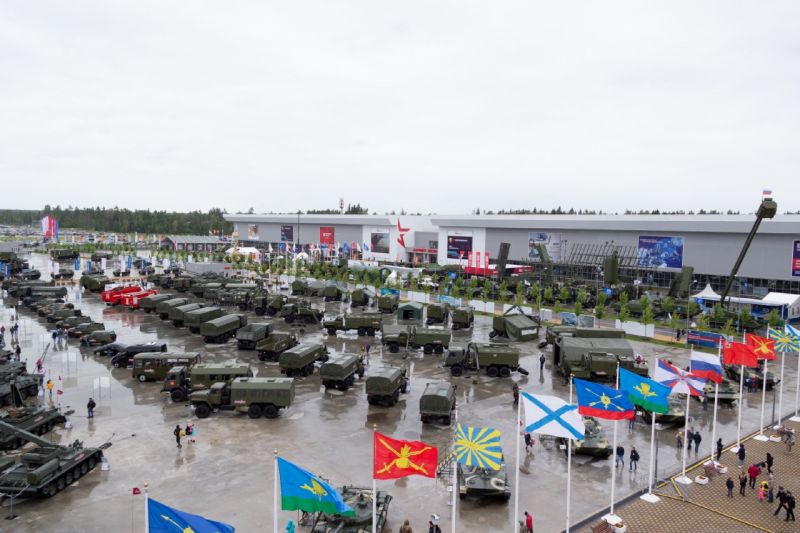Twenty Indian soldiers killed at Galwan
New Delhi, 17 June
By IDI

A late-night encounter on Monday ensued between Indian and Chinese troops along the Line of Actual control (LAC) in the Galwan valley in northern Ladakh, which resulted in the killing of twenty Indian Army soldiers including Col Santosh Babu of 16 Bihar, said the Indian Army. This re-ignited the already-brewing tensions between the two nuclear-armed neighbours.
Previously, it was confirmed by the Army that three Indians ~ a colonel and two soldiers ~ were killed. The Army recalls the events as “Indo-Chinese troops have disengaged at the Galwan area where they had earlier clashed. 17 Indian troops who were critically injured in the line of duty at the stand-off location and exposed to sub-zero temperatures in the high altitude terrain have succumbed to their injuries, taking the total that was killed in action to 20.”
It further maintained that “no shots were fired in the latest skirmish”. According to reports both sides engaged in a ‘physical brawl’, wielding wooden clubs-studded with nails, pelting stones etc resulting in heavy bilateral losses. Senior Military officials are slated to meet to mitigate the issue.
Asian News International (ANI) has quoted unnamed sources stating that China’s Vice-Foreign Minister, Luo Zhaohui and Indian Ambassador to China, Vikram Misri, have met in Beijing. ANI further stated that Indian intercepts have revealed the Chinese side has suffered 43 casualties and injuries. There have been reports of increasing Chinese chopper activity across the LAC to airlift their casualties.
In a predictable move, the Chinese foreign ministry has blamed India for its “provocative attacks” on Chinese soldiers and also accused India of “illegally crossing” the border. This was reported by the Global Times- a Chinese state-run publication.
General Zhang Shiuli, the spokesperson for the People’s Liberation Army of China, held the Indian side violating all agreements made during Commander-level talks recently. He further went on to claim that the Galwan Valley has always been part of Chinese sovereign territory.
He reinstated that the Indian Army must stop these ‘provocative’ actions immediately along the LAC. He necessitated that India should cooperate with China in achieving the common goal through dialogue.
Chinese foreign minister spokesperson Zhao Lijian urged “the India side to restrain its troops in accordance with the consensus.”
Ministry of External Affairs (MEA) spokesperson Anurag Srivastava elucidated that both sides have been exploring all available channels to mitigate the rising tensions along the LAC in Eastern Ladakh. He pointed out that the Senior Commanders representing both the parties had a productive meeting on June 6 where they had agreed upon a process of de-escalating the tensions.
“While it was our expectation that this would unfold smoothly, the Chinese side departed from the consensus to respect the LAC in the Galwan Valley,” the MEA spokesperson said.
Defence minister Rajnath Singh, in a tweet, said, “The loss of soldiers in Galwan is deeply disturbing and painful. Our soldiers displayed exemplary courage and valour in the line of duty and sacrificed their lives in the highest traditions of the Indian Army.”
This incident comes as an untimely and unwelcome surprise for all just a day before the United Nations Security Council’s elections are scheduled for June 17, where India is likely to be elected as a non-permanent member starting January 2021.
The clash is a result of Chinese plan to disrupt the construction of military infrastructure in the region which includes a road to connect India’s northernmost airstrip at Daulat Beg Oldie through the Galwan Valley.
The last few weeks were marred by constant reports of quarrel and tussle along with major muscle-flexing by both sides. There has been a major deployment of Chinese Army personnel, Armoured vehicles, Artillery, earth-moving equipment occupying about 250 square miles of Indian Territory.
The Indo-Chinese quarrel over the LAC which covers thousands of Kilometres of the treacherous mountainous territory is age-old. The recent events are just aa continuation of the endless border dispute along the LAC.
The incidents of Tulung La in Arunachal Pradesh during October 1975 where four Indian soldiers were killed by an uncalled for Chinese attack was the last time when blood was spilled. Recently China has stepped up its territorial aggression with all its neighbours.
The Sinking of a Vietnamese fishing trawler in the South China Sea, brutal repression of anti-China protests in Hong Kong, infuriating Taiwan through the show of unnecessary force, attacking the Malaysian Offshore oil rig all instances where an expansionist China stepped on the toes of its neighbours.
While what exactly sparked off the clashes remains unclear. There is also no clarity over whether the Indian Army might have crossed over as part of the disengagement talks. At some point during the talks, the matter escalated and spiralled out of control.
China recently staged a massive drill by deploying thousands of paratroopers to send out a clear message and showcase its military preparedness. The Chinese propaganda machine has been flooding the social media platforms holding India accountable and responsible for the event.
Hu Xijin, editor of the nationalist state-run newspaper Global Times, Tweeted “China does not want conflict with India, but it is never afraid of conflict.”
Post the humiliating defeat at the hands of China during the Sino-Indian war of 1962, there have been countless efforts made by India of resolving the vicious cycle of border disputes through bilateral talks and pacifist means but in vain.
Since then there have been numerous instances where border patrols have bumped into each other’s territory but never resulting in any major stand-off until Dokhlam, at India- Bhutan-Tibet tri-junction in 2017. Neither has there been a bullet fired in four decades.
The latest incident is only going to add fuel to the fire when the pot has already reached a boiling point. A fresh wave of anti-China sentiments puts a major dent on any possibilities of a favourable outcome of diplomatic efforts made by Prime Minister Narendra Modi and Chinese President Xi Jinping.



